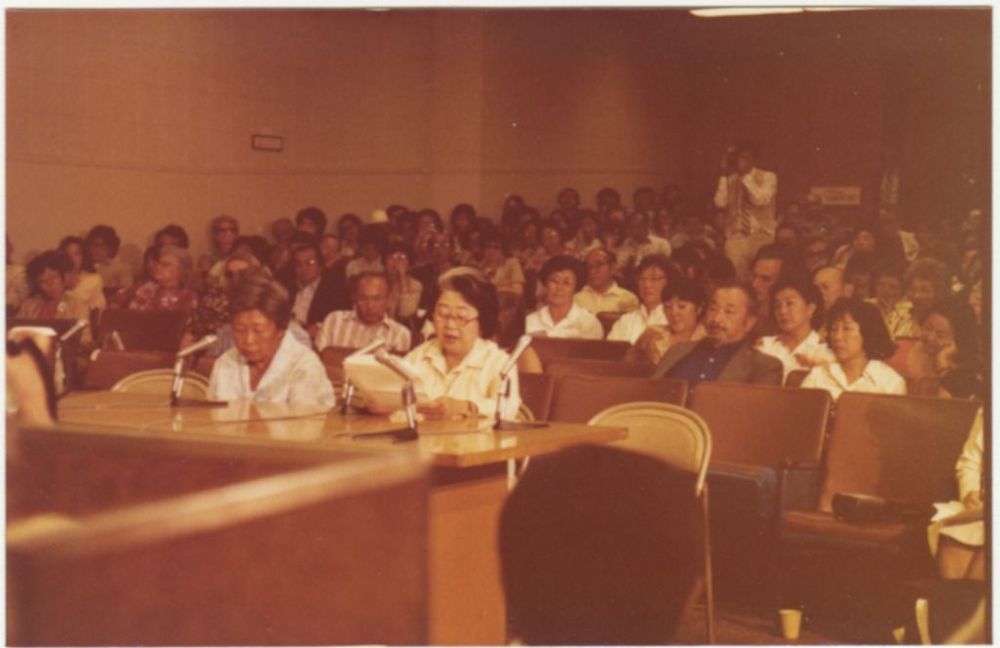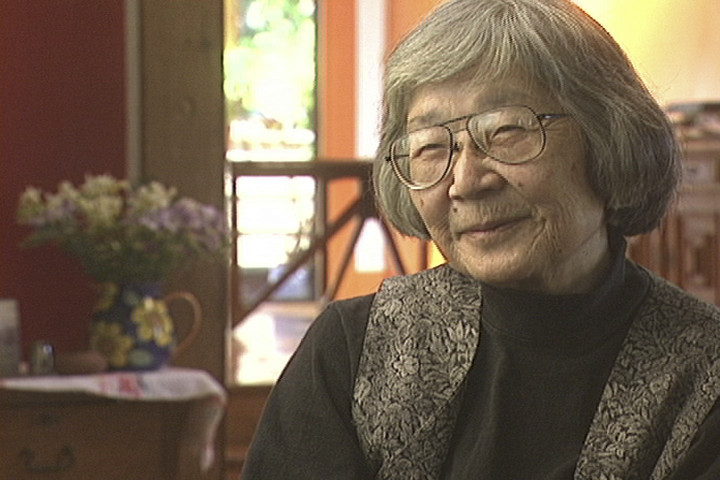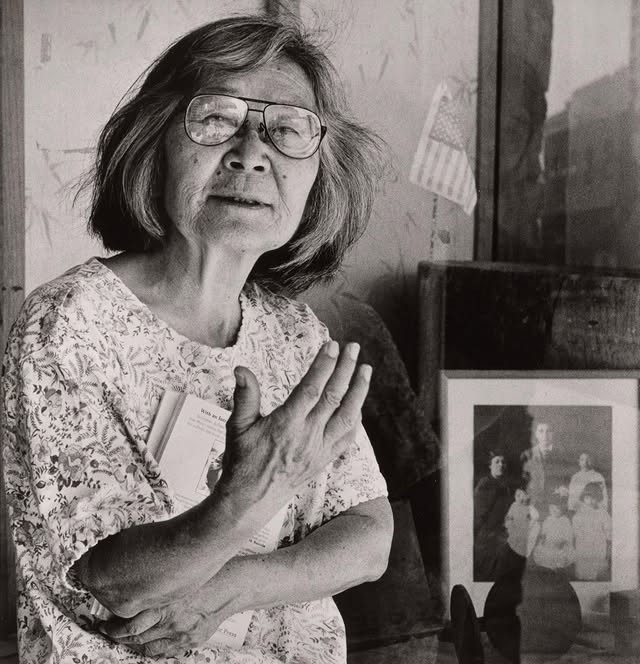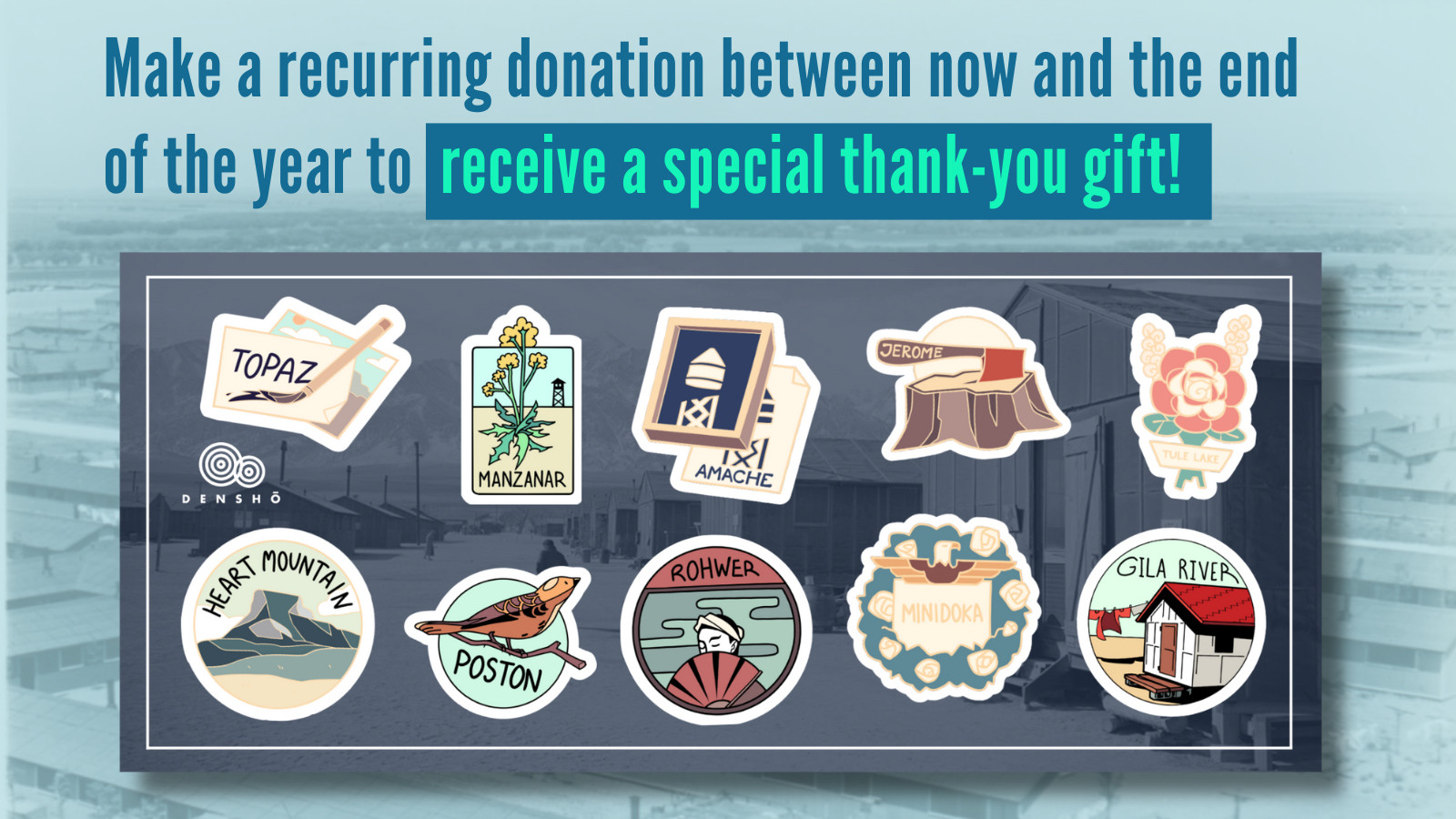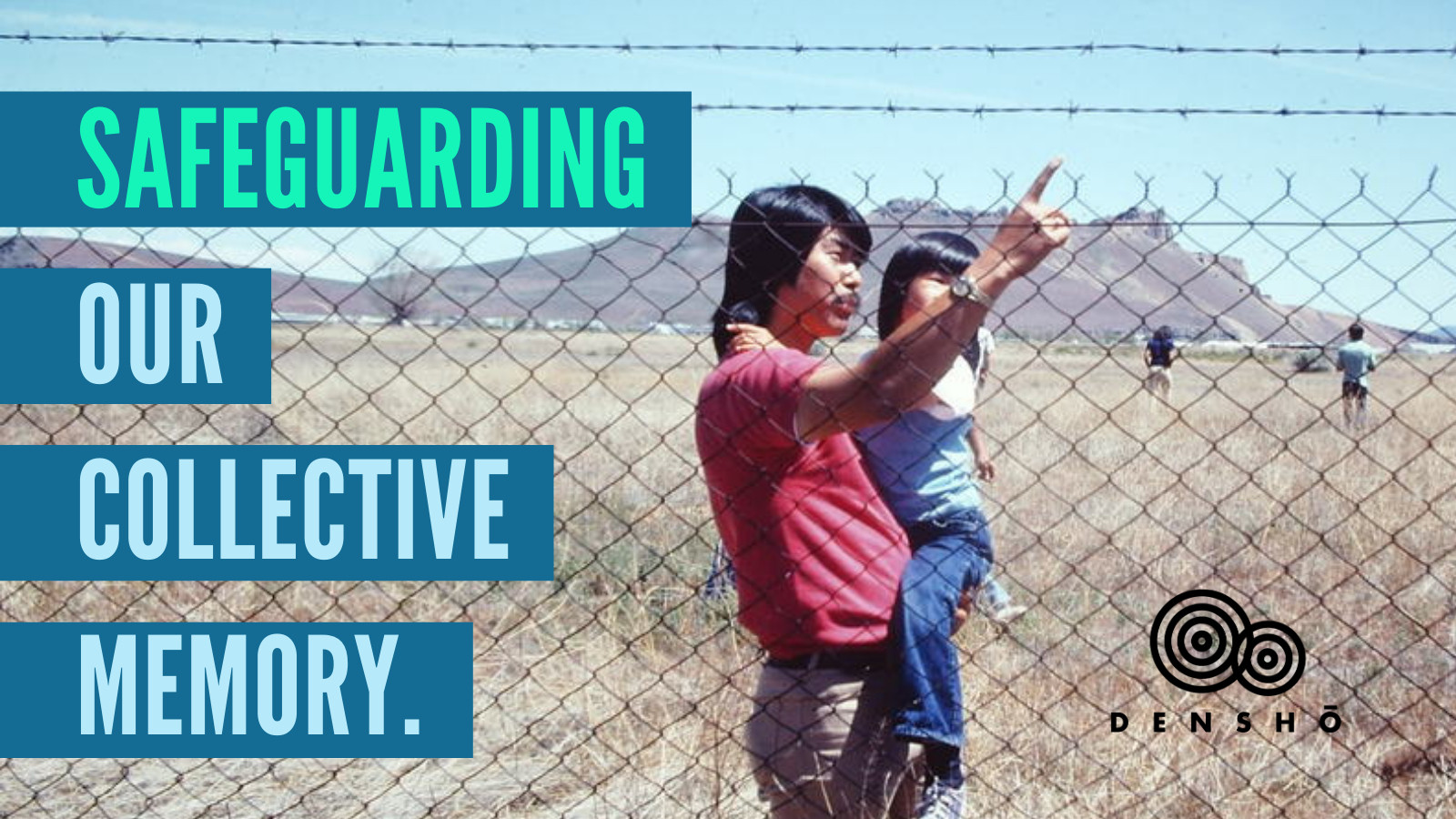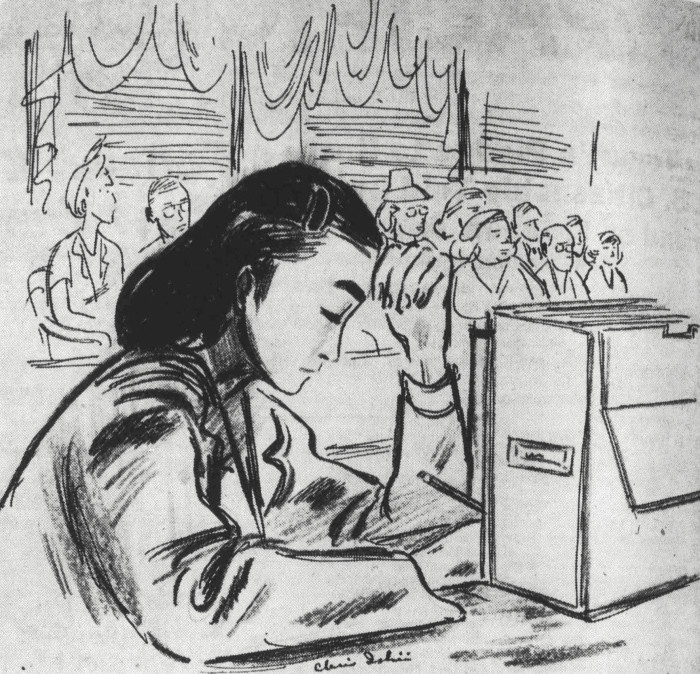Eighty years ago, during WWII, Fort Bliss, Texas housed dozens of Japanese, German, and Italian immigrants targeted for detention under the Alien Enemies Act. Today, Fort Bliss is home to the nation’s largest immigrant detention site.

Army base used for WWII Japanese internment will be nation's largest ICE detention center
Stewards of Japanese American history are calling out the use of Fort Bliss to detain immigrants.
